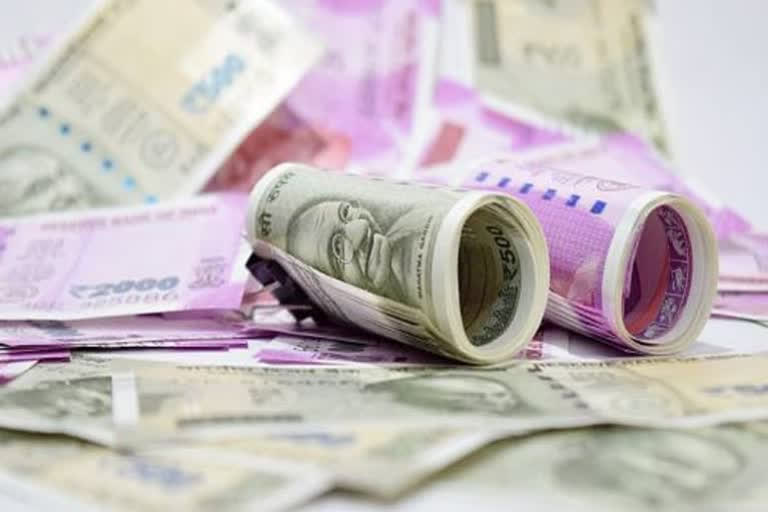New Delhi: The Centre on Sunday raised the borrowing limit of states from 3 per cent of gross state domestic product (GSDP) to 5 per cent in 2020-21, which will make available an additional Rs 4.28 lakh crore.
However, part of the increased borrowing limit would be linked to specific reforms -- universalisation of One Nation-One Ration Card, ease of doing business, power distribution and urban local body revenues, Finance Minister Nirmala Sitharaman told reporters while announcing the fifth and final tranche of the economic stimulus package.
She said that currently, states have a net borrowing ceiling of Rs 6.41 lakh crore based on 3 per cent of GSDP and various state chief ministers had written to Prime Minister Narendra Modi to increase the borrowing limit to enhance their resources during the COVID-19 crisis.
"Because this is an unprecedented situation, we have acceded to the demand of the states and increased their borrowing ceiling to 5 per cent. This will give an extra Rs 4.28 lakh crore to the states," she said.
Reform linkage will be in four areas: universalisation of ‘One Nation One Ration card’, Ease of Doing Business, power distribution, and urban local body revenues.
Giving detail of how the states would be allowed to borrow, the minister said that from 3-3.5 per cent, the 0.5 per cent increase would be unconditional. The next 1 per cent, which is up to 4.5 per cent, will be released in 4 tranches of 0.25 per cent and each of the tranches will be linked to a clearly specified, measurable and feasible reform. The last 0.5 per cent will be given once the milestones are achieved in at least three of the four reform conditions.
| Borrowing Limit | Criteria |
| 3 to 3.5% | The 0.5 per cent increase would be unconditional |
| 3.5 to 4.5% | It will be released in 4 tranches of 0.25% and each of the tranches will be linked to a clearly specified, measurable and feasible reform |
| 4.5 to 5% | It will be given once the milestones are achieved in at least three of the four reform conditions |
"And, why do we want this linkage to state-level reform? Because we want to make sure that poor benefit from all the monies that is getting borrowed and the Centre and states are collectively committed to implementing One Nation-One Ration Card, ease of doing business at district level, power distribution and related issues and the urban local bodies' revenue-related issues," Sitharaman said.
Read more:Economic Stimulus: Know how Rs 20 lakh crores is spent
The minister further said that the Centre had already allowed the states to borrow 75 per cent of the 3 per cent borrowing limit to make available more resources. "They can borrow 50 per cent in the first half, but we have raised it to 75 per cent."
"But, states have so far borrowed 14 per cent. Eighty-six per cent of the authorised borrowing limit remain untilised as of now. Because chief ministers have written to the Prime Minister, and finance ministers have written to me saying please increase our borrowing limit ... (from) 3 per cent of state GSDP, we have now agreed to increase this to 5 per cent," she added.
Sitharaman further said the Centre has devolved Rs 46,038 crore of taxes in April to states even though actual revenue shows unprecedented decline from Budget Estimates and Revenue Deficit grants of Rs 12,390 crore were given to states on time in April and May despite the Centre's stressed resources.
Also, advance release of the State Disaster Relief Fund (SDRF) of Rs 11,092 crore happened in first week of April, she said adding that a release of over Rs 4,113 crore from the health ministry for direct anti-COVID activities was also given.
